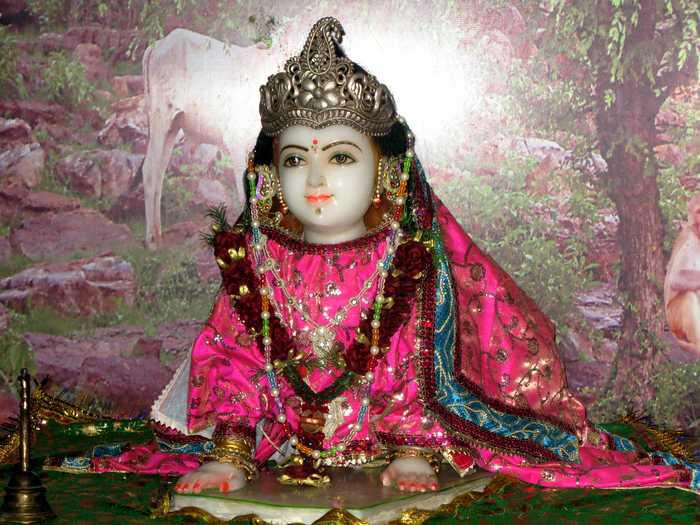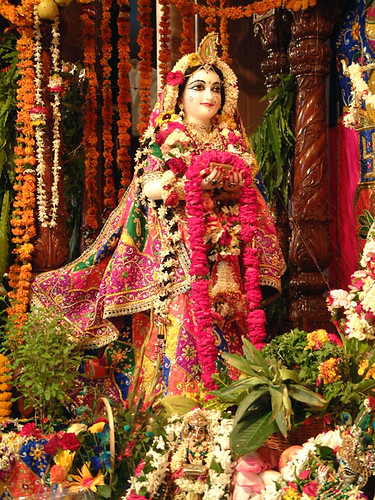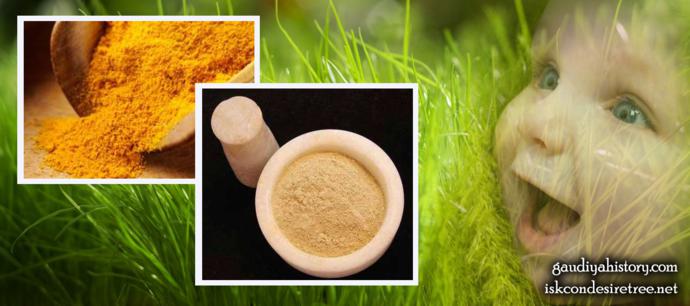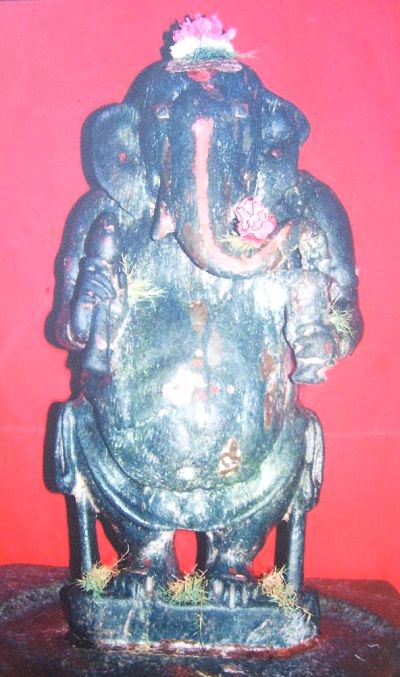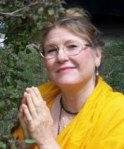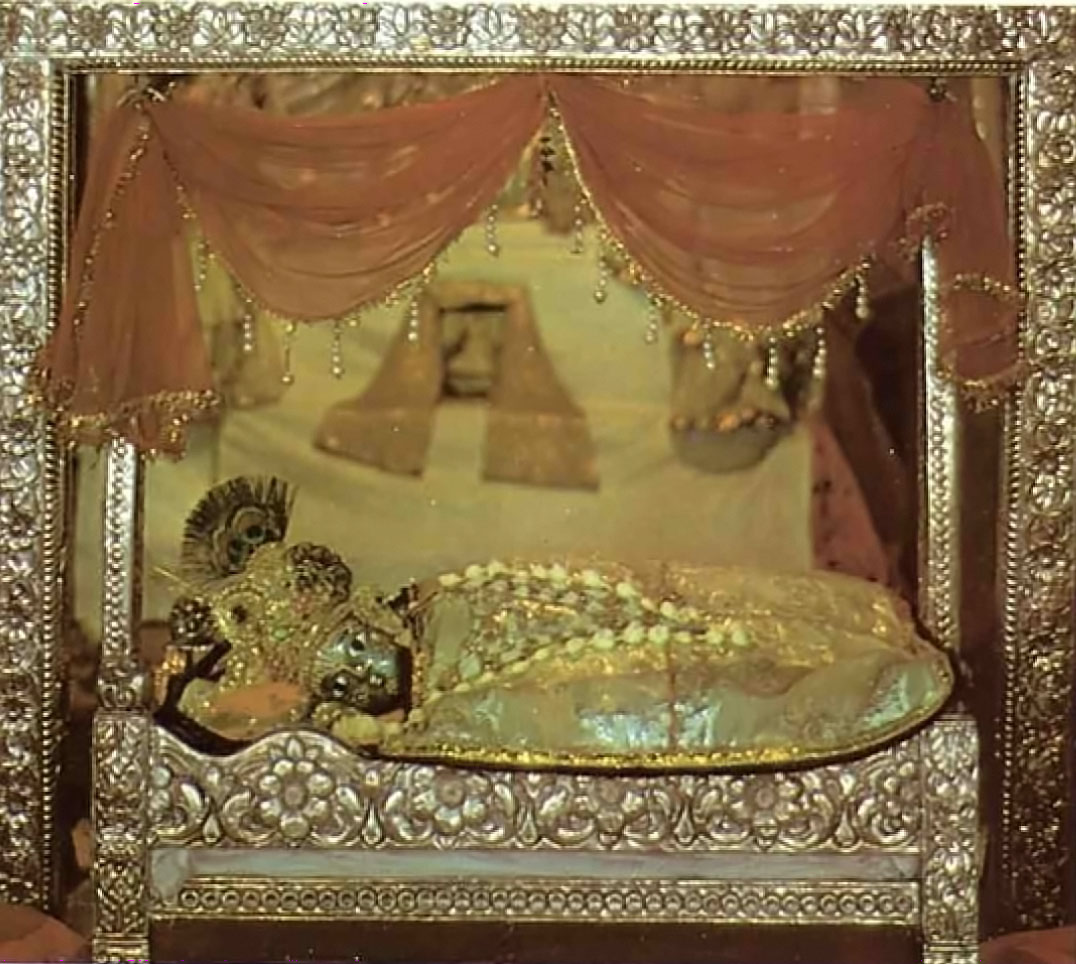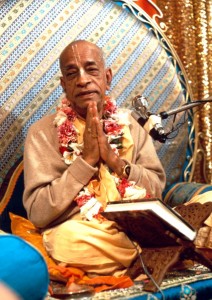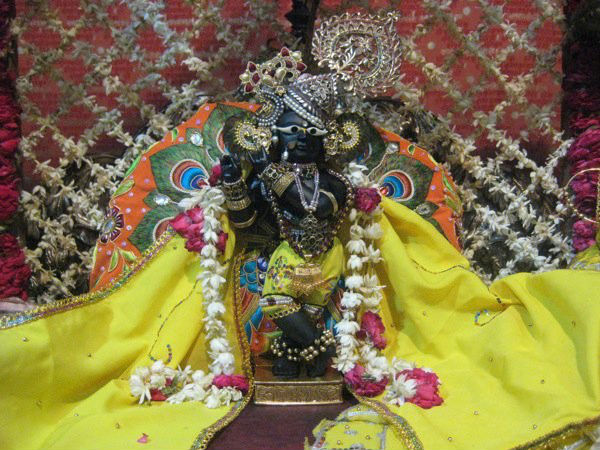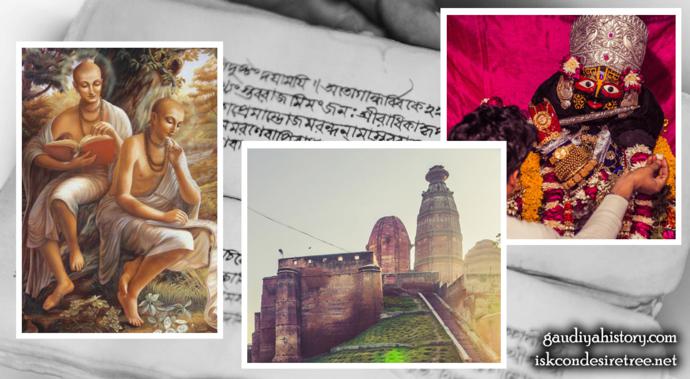Lord Vamanadeva appeared within this world from the womb of Aditi, the mother of the gods. He appeared at midday on the shravan-dvadasi, the 12th day of the lunar month of Shravan when the moon is waxing.
There are many lessons for Vaishnavas to learn from the narration of His activities, as found in the 8th canto, 18th chapter of the Bhagavat Purana (Srimad Bhagavatam). Amongst the lessons are these:
1. That God comes to this world in many forms; not just once, in one form, or even many times in the same form, but many times in many forms. He is never limited by the form, but remains all powerful.
2. That all other gods are meant to offer homage to Him. They did this when, appearing as a young child, he was awarded the sacred thread by Brihaspati, the guru of the gods. The sun god gave Him the Gayatri mantra and His father, Kasyapa Muni, a straw belt. Mother Earth gave Him a deerskin and Lord Brahma gave Him a waterpot. Kuvera, the heavenly treasurer gave Him a monk’s begging bowl, and


